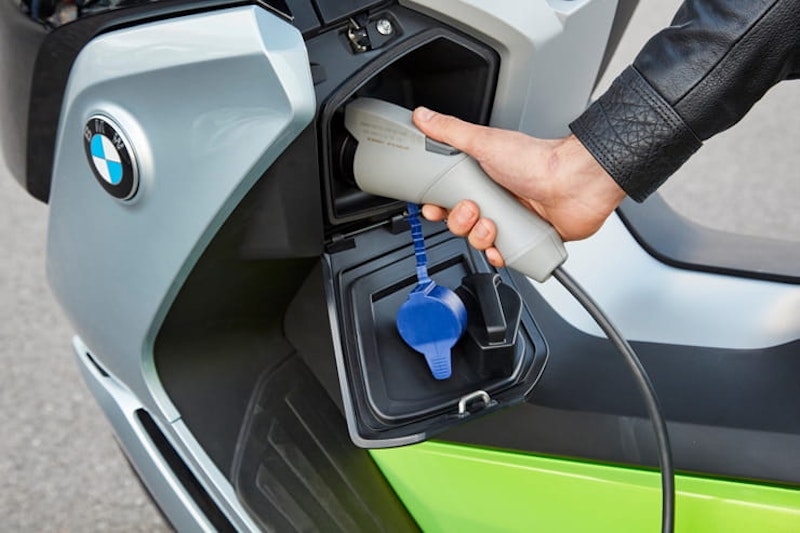The £64-million question: Can latest investment fix vehicle charging network?
By Ben Purvis
Motorcycle Journalist
24.02.2023
A duo of new investments mean an additional £64 million is being poured into the UK’s vehicle charging network in an effort to make electric vehicle ownership more convenient – but we’re still way behind target if Government plans to transition to battery powered transport are to be realised.
The latest input comes in the form of a £56-million expansion of the DFT’s Local EV Infrastructure scheme (LEVI) and the On-Street Residential Chargepoint Scheme, and £8 million from National Highways into vast battery packs for motorway services to help cope with periods of high demand.
The LEVI scheme was piloted last year with a £20 million investment that went into adding roadside chargers and charging hubs in Barnet, Dorset, Durham, Kent, Lincolnshire, North Yorkshire, Nottinghamshire, Suffolk and Warrington. The idea is to make EV ownership more attractive to people who don’t have their own charging facilities at home.
That original investment aimed to install 1,000 charge points, and the additional £56 million that’s now been added to the pot is intended to add a further 2,400 and expand the scheme to more areas. The new investment is spread across much more of the country, with the biggest winners being the West Midlands (£8.5 million), Durham (which gets an extra £7.4 million on top of the previous investment), Barnet (an extra £4.4 million), North Yorkshire (an extra £3.6 million) and West Yorkshire (£3 million). Oher areas to benefit to the tune of more than £1 million include West Sussex, Waltham Forrest, Harborough, Hounslow, Norfolk, Oxfordshire, Rotherham, Cumbria, Hackney, Warwickshire and York. Buckinghamshire, Lancashire and Sunderland each get several hundred thousand pounds, too.
Most of the new LEVI funding comes from the taxpayer, with the Government putting £22 million into the pot and local authorities adding a further £2 million of public funds. There’s also £17 million of private funding. The £56 million figure is reached by adding an extra £8 million that’s going into the LEVI Capability Fund, used to give local authorities skills to scale up their charging plans, and £7 million of extra funding for the On-Street Residential Chargepoint Scheme (ORCS), which has installed 3,000 chargepoints and aims to add another 10,000.
Despite the new investment, the UK charging infrastructure is still far short of the target to have 300,000 EV chargers in place by 2030. Government figures show that, as of 1st January 2023, there are 37,055 public EV chargers in the UK. To reach the 300,000 target the Government aims to spend a total of £1.6 billion.
On top of the £56-million investment in LEVI and ORCS, it’s been announced that National Highways is awarding an £8 million ‘Energy Storage Systems’ contract to Ameresco to boost the charging potential at motorway service areas where the national grid electricity supply isn’t enough to cope with peak EV charging demand.
The scheme will see huge battery packs, mounted in shipping containers, that are replenished from the grid when demand is low, for instance overnight, and bolster electricity supply to EV chargers when they’re being used by a lot of vehicles.
Each container carries 2MWh of battery capacity. That’s enough electricity to run a typical UK home for eight months and means that in a year, every one of the ‘Energy Storage Systems’ will be able to support more than two million miles of travel from electric vehicles.
The motorway services to get the Energy Storage Systems include Beaconsfield on the M40, Corley on the M6 Northbound, Clacket Lane on the M25 (both directions), Maidstone on the M20, Taunton on the M5 Northbound and Tebay on the M6 Northbound. All are due to be in action by the end of this year, with each Energy Storage System supporting at least six chargepoints.
Share on social media:

